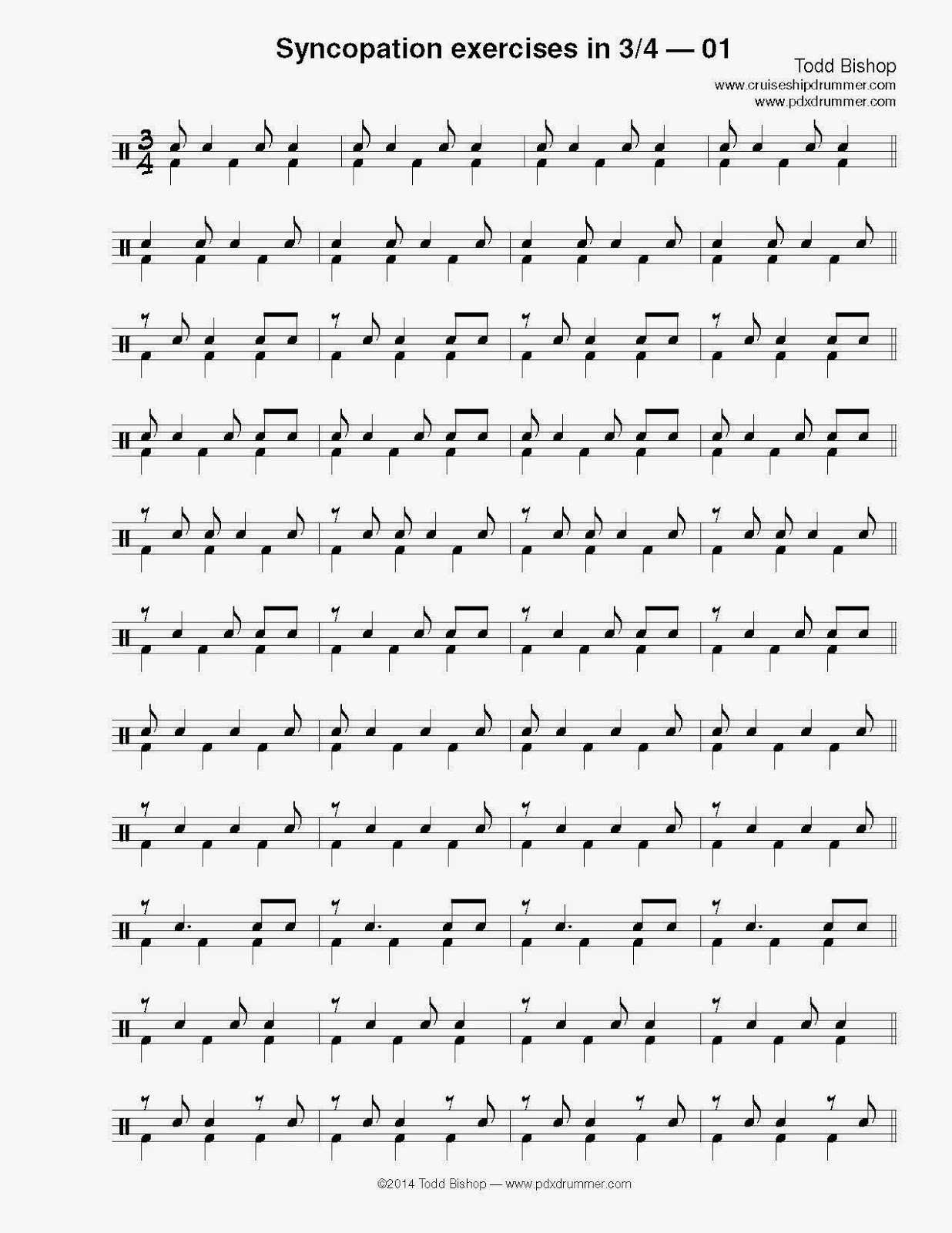

Once you understand how rhythm, time signatures, and music notation work you’re ready to dive into the concept of syncopation. In 4/4, eighth notes and sixteenth notes are used to write syncopated rhythms. So, it’s important to understand how music notation works to learn syncopated rhythms. Syncopated rhythms use rests and subdivided notes to create their offbeat emphasis. Here’s what this looks like in sheet music.Ī syncopated rhythm in 4/4 emphasizes notes that aren’t on each quarter note to create a pulse that’s felt on the off beat.Ī syncopated rhythm in 4/4 emphasizes notes that aren’t on each quarter note In all music, there’s a pulse that’s defined by the time signature.įor example, in 4/4 the pulse is felt on each of the four quarter notes in each measure. We’ve written about music theory and rhythm theory basics before.īut here’s a very quick recap of some concepts you need to understand. Most importantly you need to understand how rhythmic pulse works in music. To best understand it, you’ll need some basic rhythm theory knowledge. While the concept can be difficult to describe, syncopation is musically intuitive when heard in context. Syncopation is an advanced form of music theory.īut while the concept can be difficult to describe, syncopation is musically intuitive when heard in context. Syncopation in music is when a rhythm or set of rhythms are played off the common pulse of a piece to make a part or entire section off-beat. In this article, we’ll unpack everything there is to know about syncopation and get you started with using it in your tracks.

#Reed syncopation pdf how to#
It’s a key ingredient in writing rhythms that make a track move along and stay fresh.īut understanding how syncopation works and how to use it best can be difficult.

Syncopation is used all the time in music.


 0 kommentar(er)
0 kommentar(er)
